
Question and Answers Forum
Question Number 53145 by ajfour last updated on 18/Jan/19
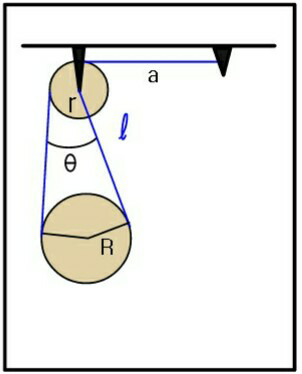
Commented by ajfour last updated on 18/Jan/19

Commented by tanmay.chaudhury50@gmail.com last updated on 18/Jan/19
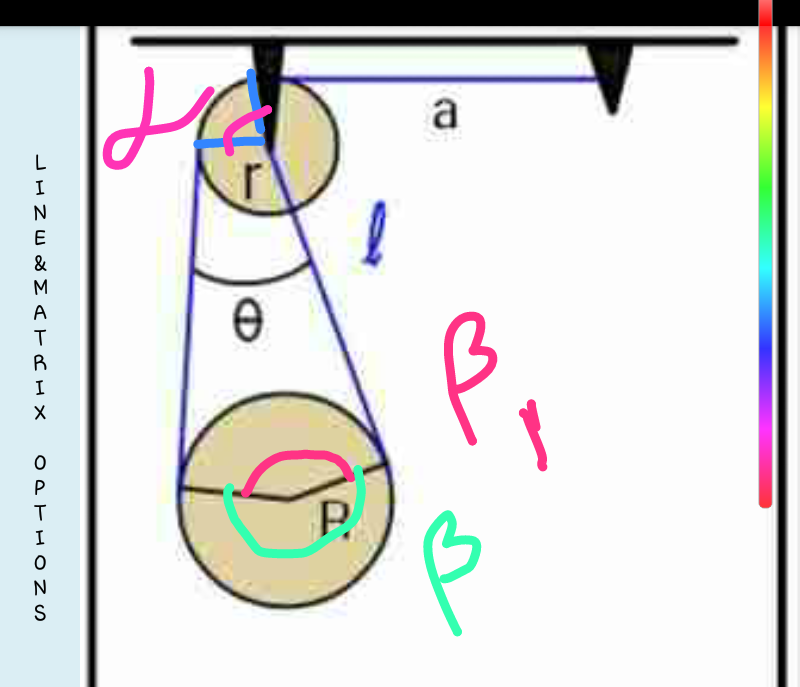
Answered by ajfour last updated on 18/Jan/19

Answered by mr W last updated on 18/Jan/19
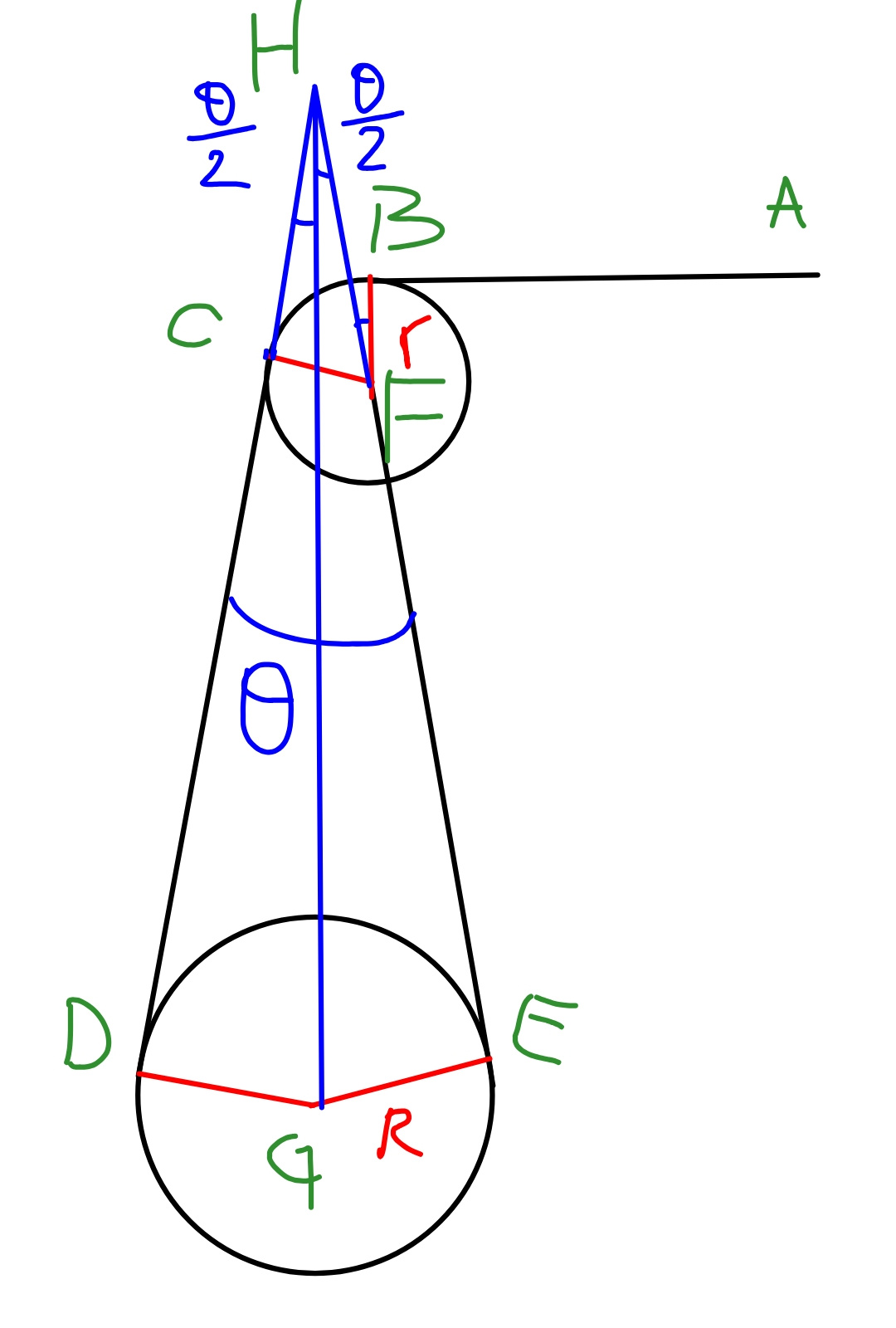
Commented by mr W last updated on 18/Jan/19
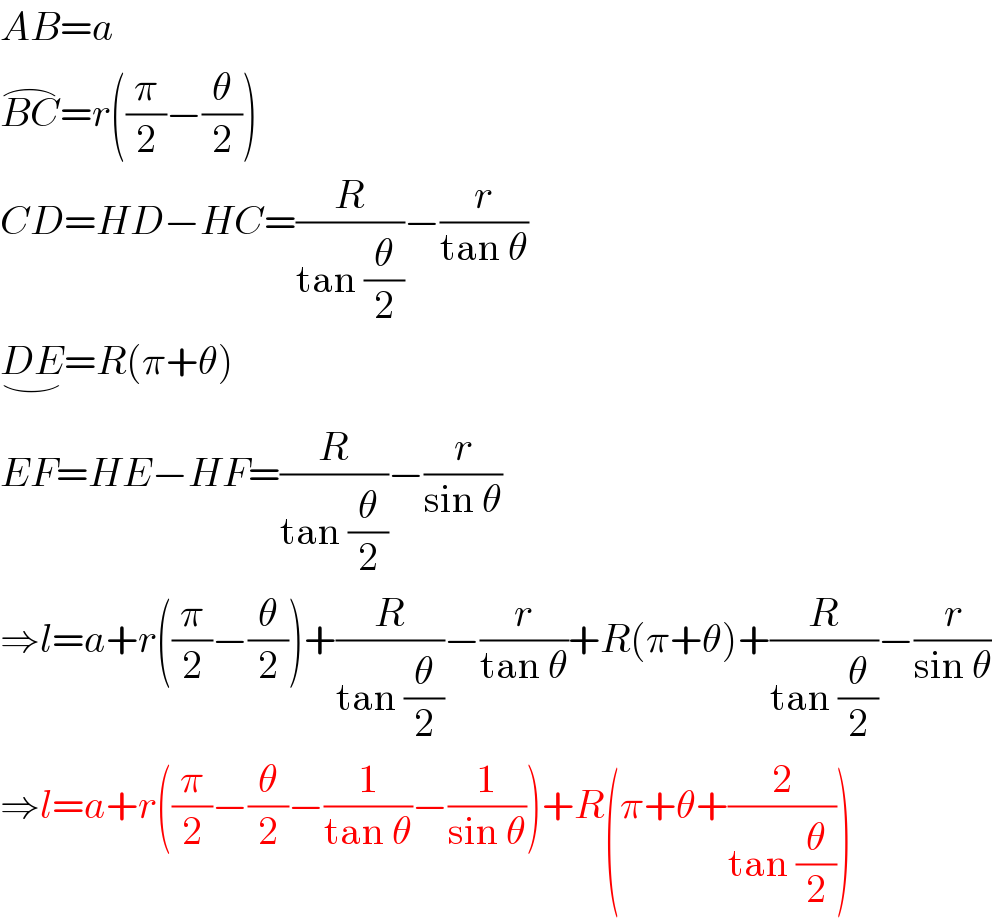
Commented by Otchere Abdullai last updated on 18/Jan/19

Commented by ajfour last updated on 18/Jan/19

Commented by mr W last updated on 18/Jan/19

Commented by ajfour last updated on 18/Jan/19
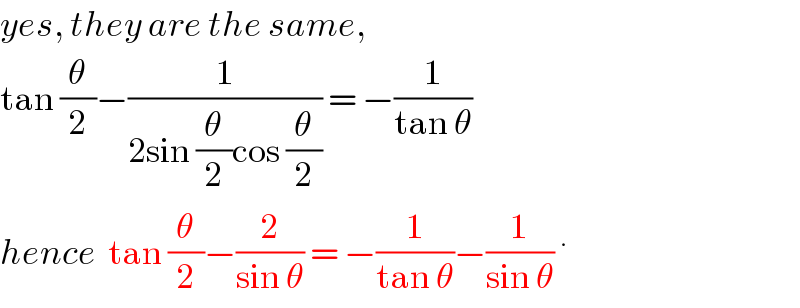
Commented by mr W last updated on 18/Jan/19

